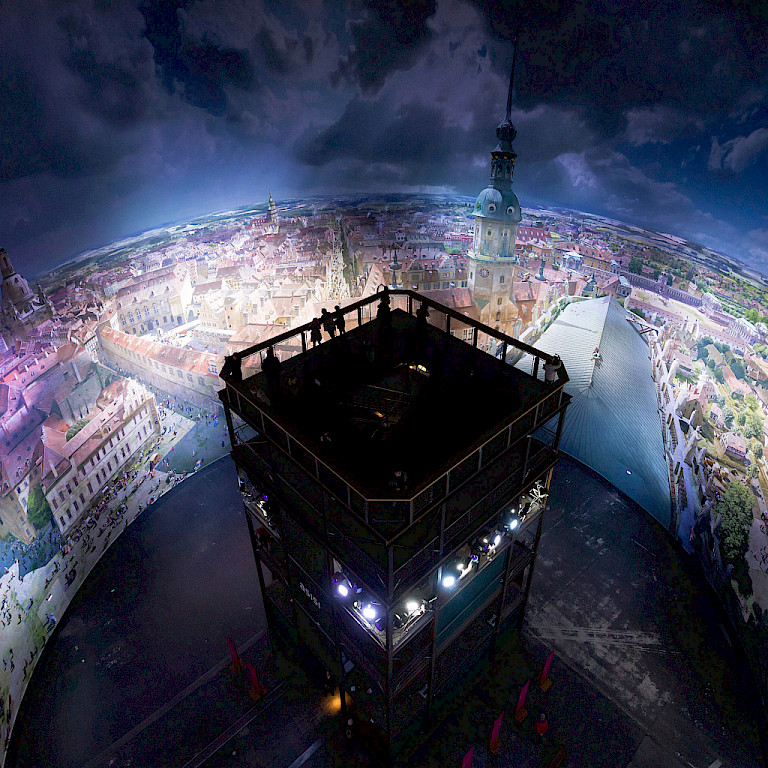
Asisi Panometer „DRESDEN BAROCK"
Foto: Tom Schulze
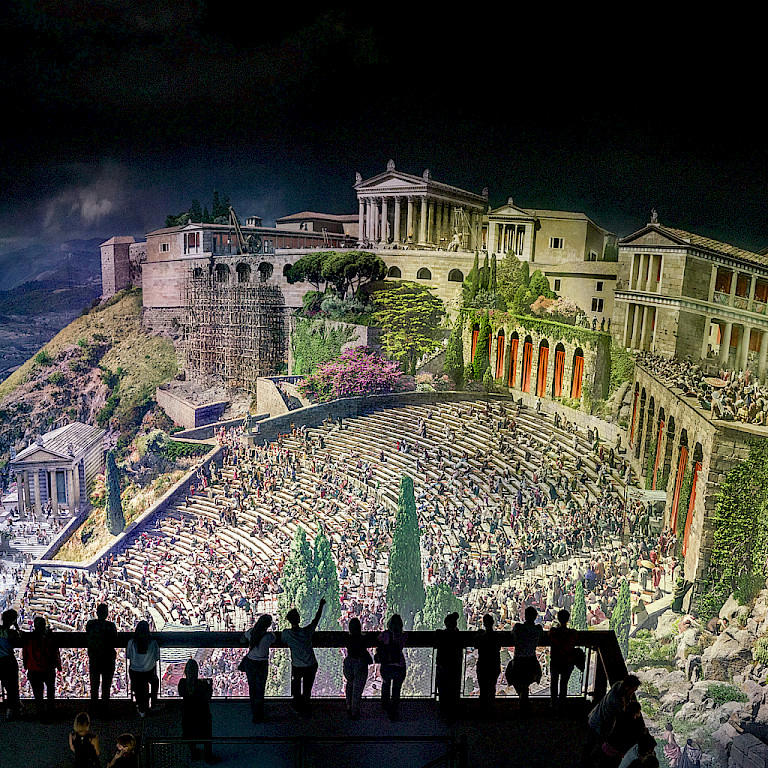
Asisi Panometer Berlin »PERGAMON«
Foto: Tom Schulze
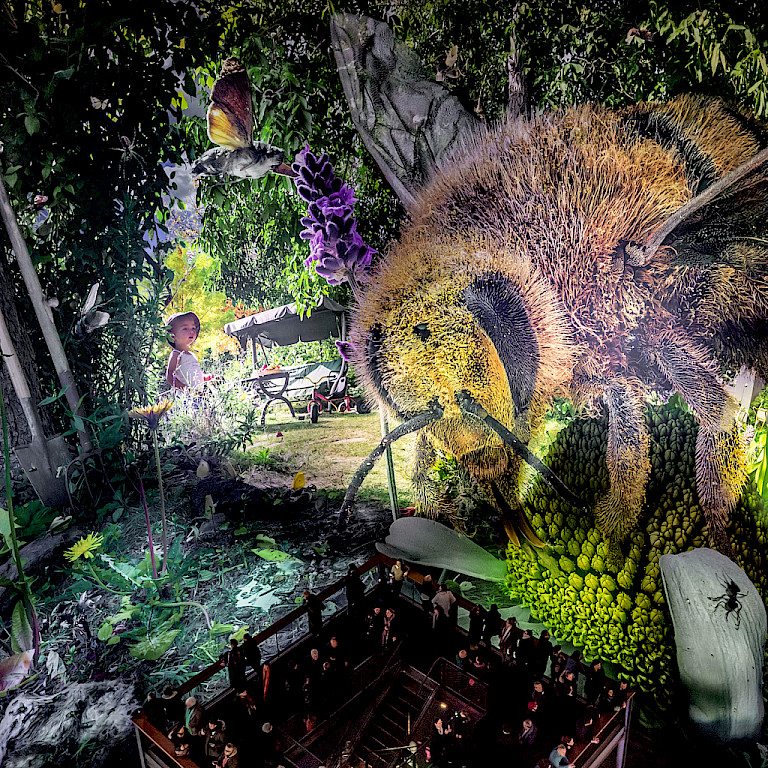
Asisi Panometer Leipzig »CAROLAS GARTEN«
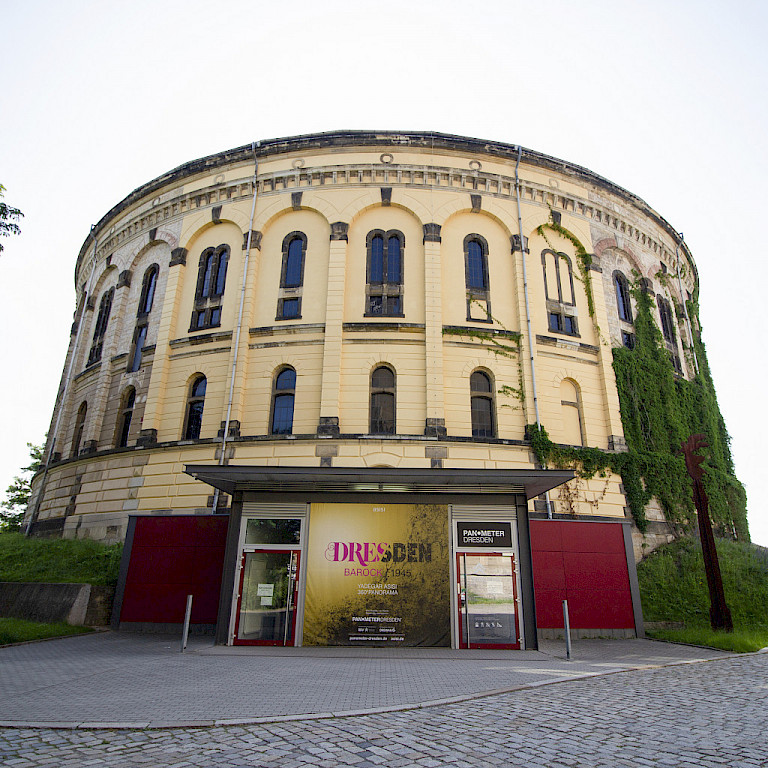
Asisi Panometer »DRESDEN IM BAROCK«
Foto: Tom Schulze
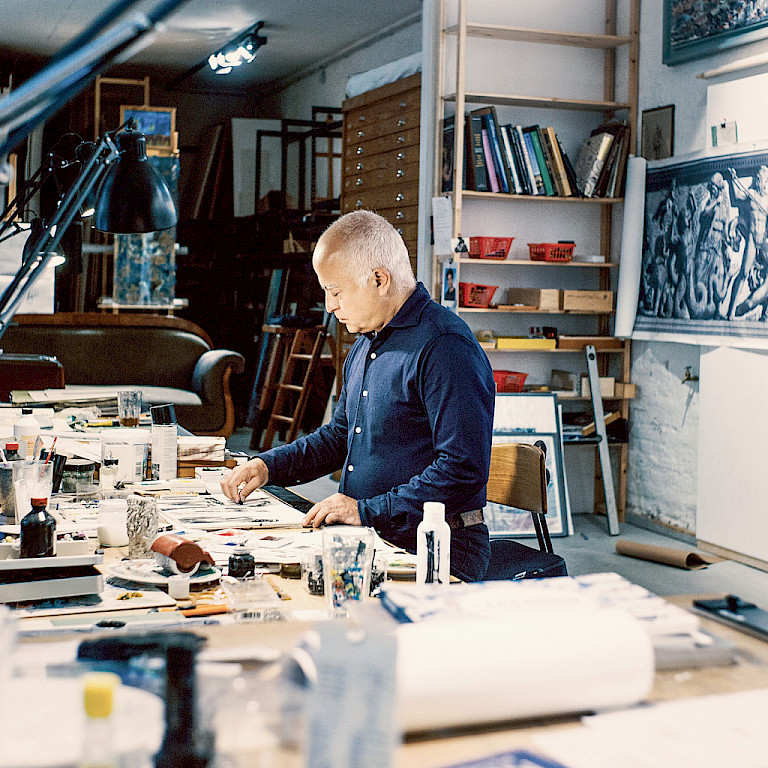
Yadegar Asisi in seinem Atelier in Berlin
Foto: Asisi Panometer
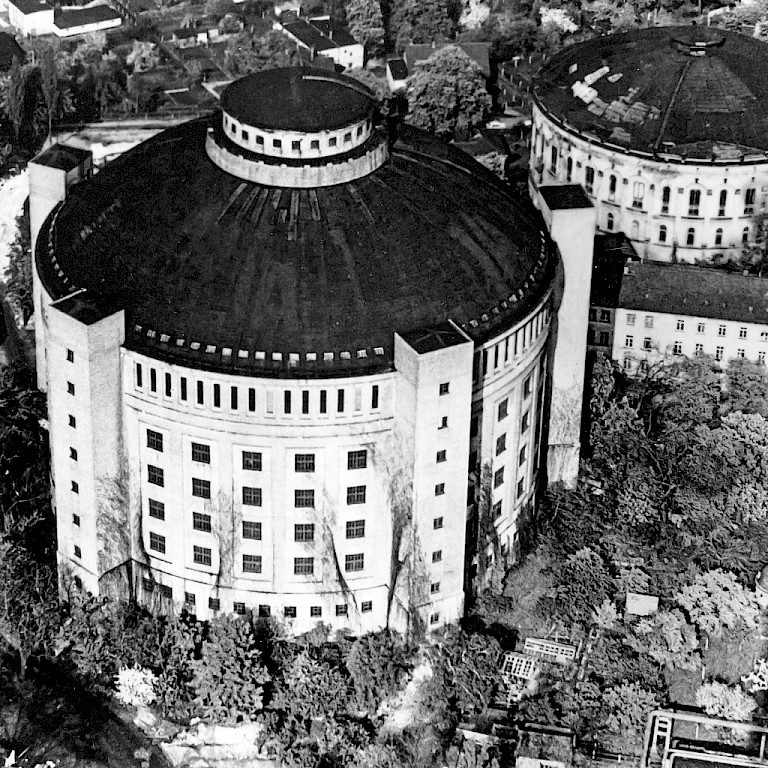
Gasanstalt Dresden-Reick. 1973
Foto: Sammlung Holger Naumann
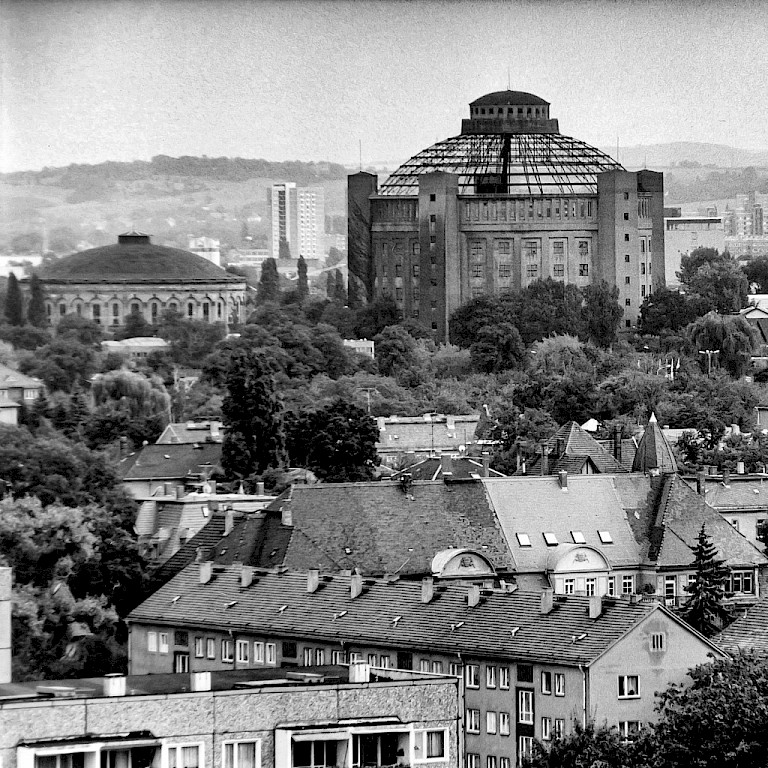
Gasanstalt Dresden-Reick in den 1980er-Jahren
Foto: Sammlung Holger Naumann
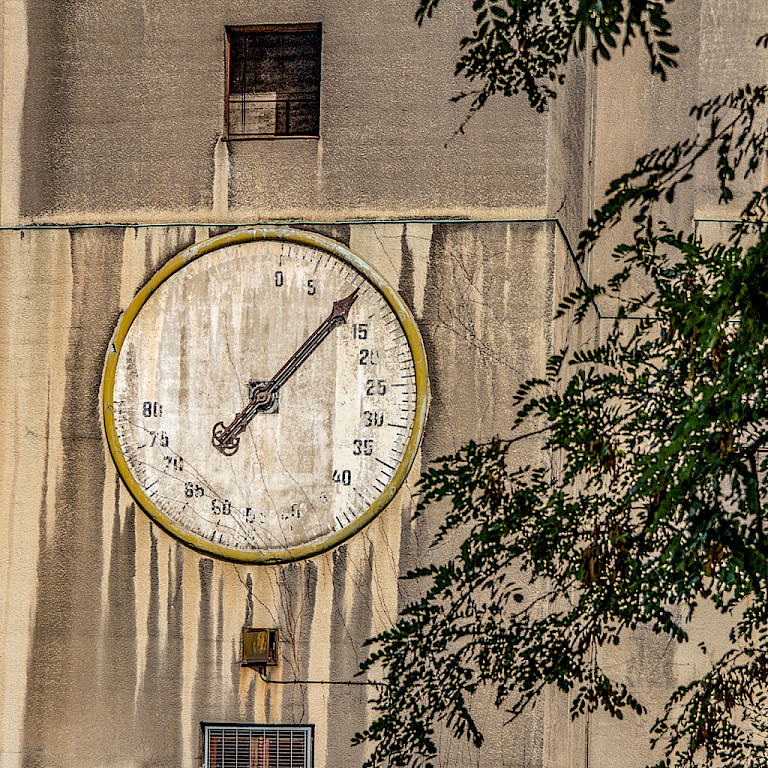
Gasometer-Messuhr. 2020
Foto: Ö GRAFIK, sk
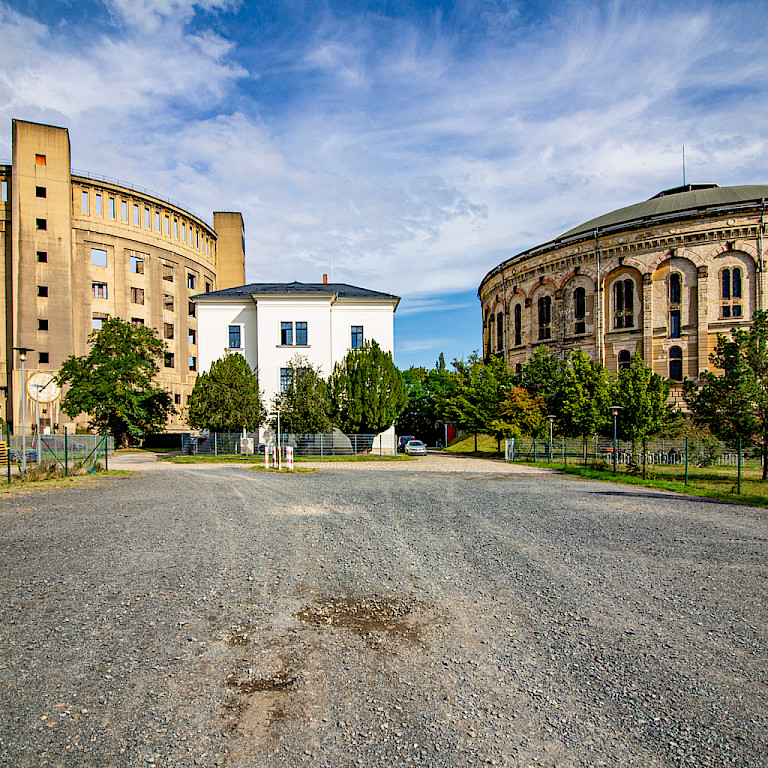
Asisi Panometer Dresden – Eingangsbereich
Foto: Ö GRAFIK, sk
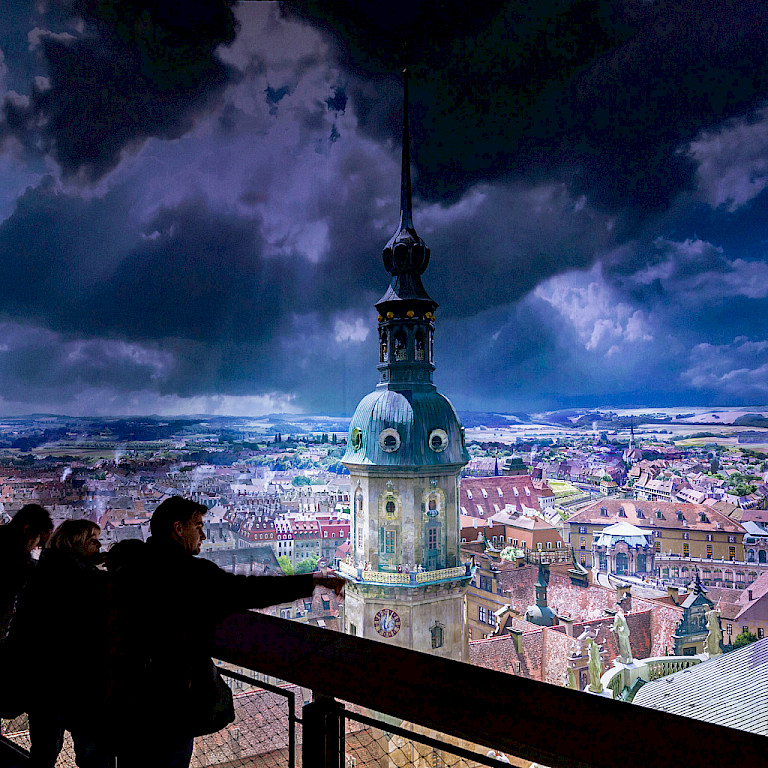
Asisi Panometer „DRESDEN BAROCK"
Foto: Tom Schulze
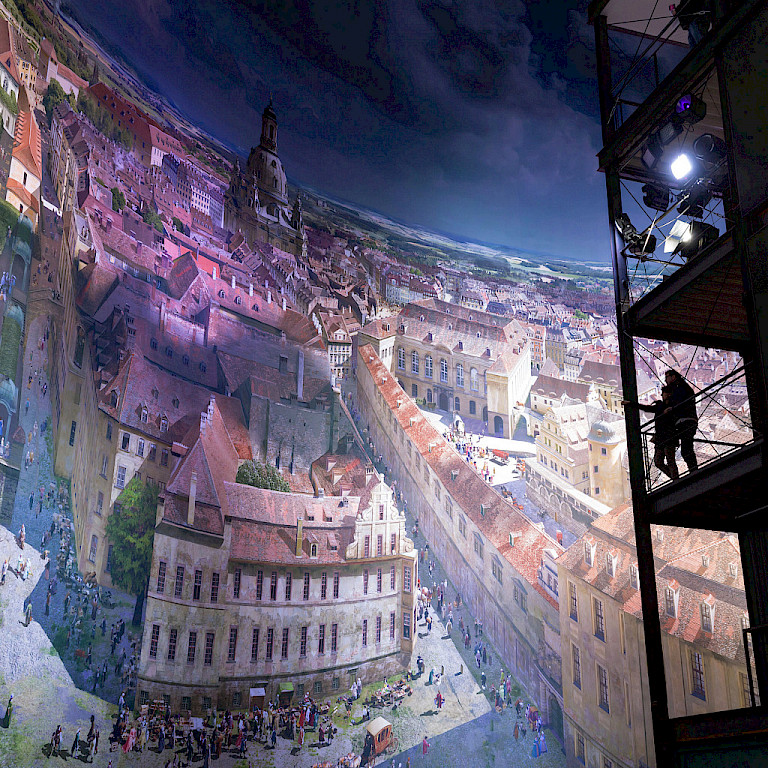
Asisi Panometer „DRESDEN BAROCK"
Foto: Tom Schulze
01 INTRODUCTION
Welcome to the Panometer Dresden – in the Augustan era. During these times, the city was a prestigious European metropolis. With its political and cultural centre being the royal electorate court.
The monumental 360-degree panorama “Dresden during the Baroque era”. The myth of the Saxon royal seat bears witness to the beauty of the baroque city with its magnificent palaces, imposing churches and stately town houses. Before you look at the reconstructed city, this exhibition will introduce you to the “Augustan era”.
Our audio guide will accompany you through the exhibition and into the panorama picture. Before you start your journey, we would like to introduce you to the building you are standing in and to the artist, Yadegar Asisi.
Without Yadegar Asisi there would probably never have been a so-called Panometer. He created the artificial word Panometer out of the two words panorama and gasometer.
He has been using this former industrial building for his unique monumental panorama art since 2003.
Originally, the gasometer in Reick had a different function: it was built as a gas storage facility for the city’s energy supply. The gas was mainly used for lighting streets, squares, and flats and also for domestic use. This gas was made from hard coal.
Dresden was one of the first German cities with gas lighting in public places. The first Dresden gas works was located near the Zwinger and went into operation in 1828. As the city grew, so did the number of gas works The largest was built in 1878 in Dresden-Reick. You are currently standing in this area.
A large dial gauge on the outside of the tank indicates how much the gasometer is holding. On the large building opposite us, the gasometer III, you will find the old measuring mechanism on one of the staircase towers. It was the last of the three gasometers here to be built. Gasometers I and II were designed around 1880 by Theodor Friedrich, a student of Gottfried Semper.
Almost thirty years later, the gasometer III was built, its simple façade was designed by the famous architect Hans Erlwein. The reinforced concrete building is almost as high as the The Church of our Lady and has a volume of 110,000 (?) cubic metres.
However, with the conversion to natural gas, the Dresden Reick gas works lost importance and was closed down in 1973. Yadegar Asisi chose one of the former gasometers for the exhibition of his art. In 2006, he installed his 360-degree panorama of Dresden during the baroque era in this building.
In Leipzig, his panorama picture of Mount Everest caused a sensation as early as 2003. Dresden is the second panometer location and will not remain the last: Today, you can immerse yourself in the panoramic pictorial and thematic worlds of Asisi in many cities, even outside of Germany.
For Dresden, the artist has created a panorama depicting the destruction of the city in February 1945. The 360-degree panorama “Dresden 1945” has been on view since 2015 and alternates with the baroque panorama.